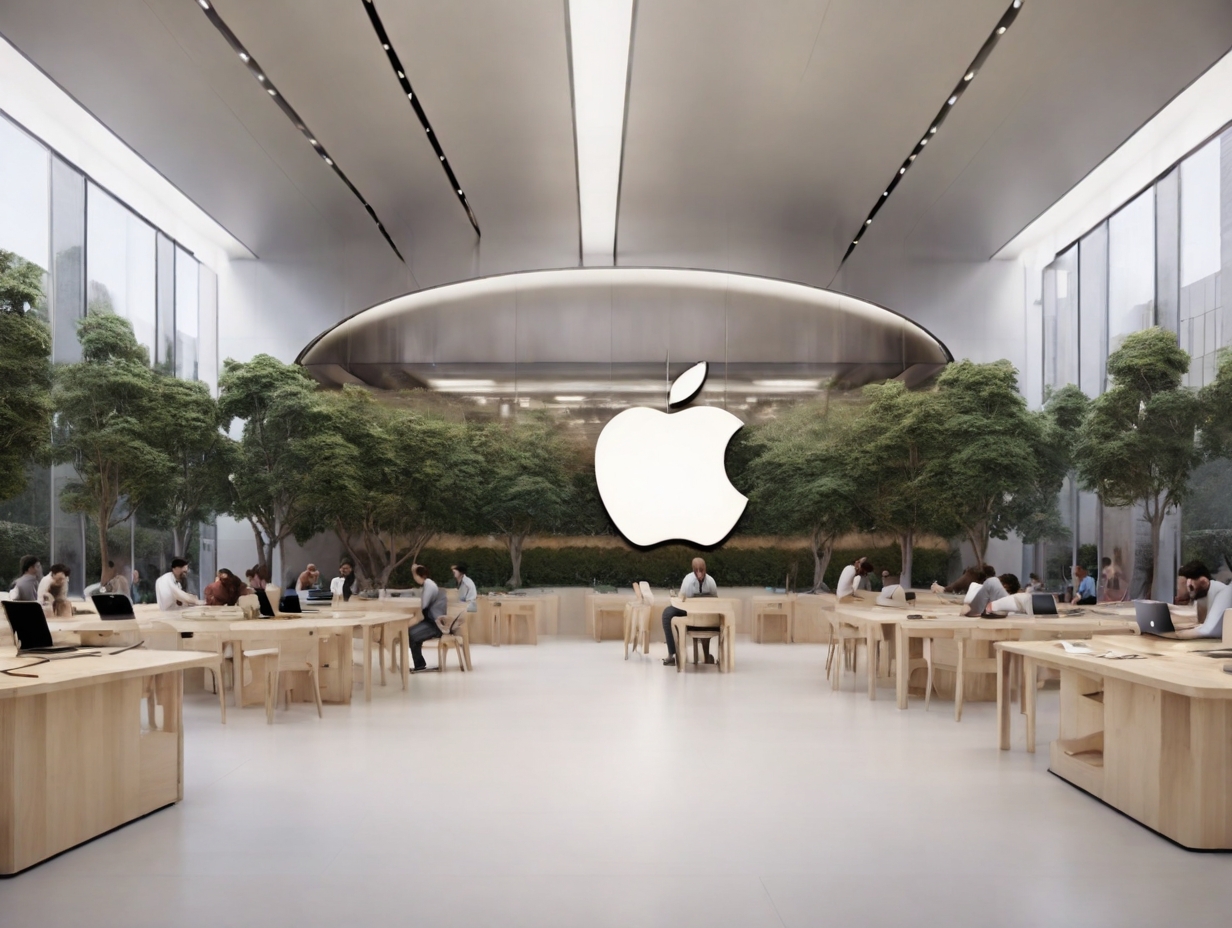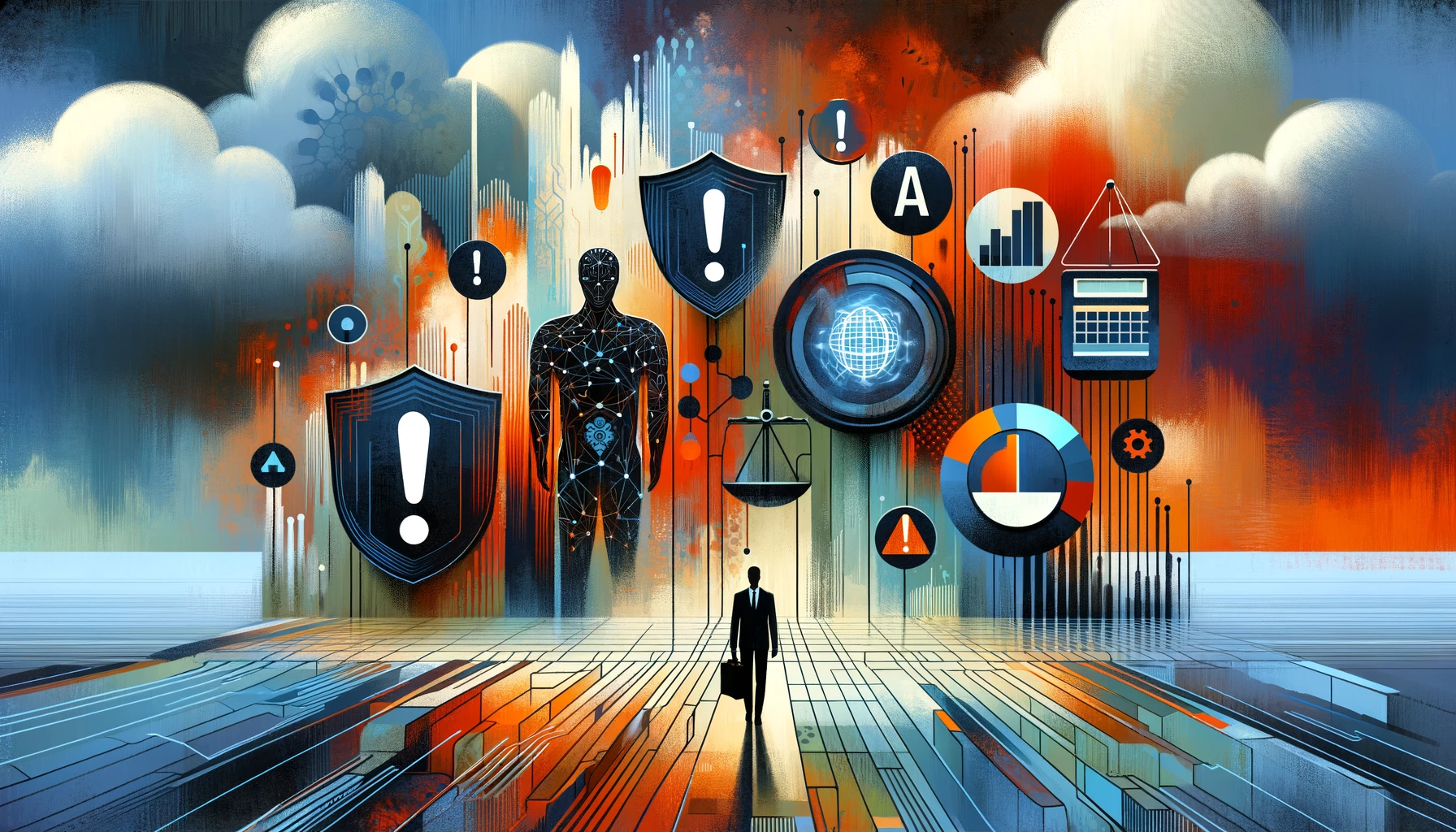The rapid adoption of generative AI sparks curiosity: what lies on the horizon as the next groundbreaking AI innovation? Humanity has consistently demonstrated adaptability in the swiftly evolving landscape of technology. As we ponder future possibilities, we reflect on the past industrial revolutions, embracing changes from agrarian to mechanized life. The journey encompasses electricity, mass production, computers, the internet, automation, and AI, leading us towards a fascinating realm of human-machine collaboration.
A timeline of adaptation from telegraph to smartphone
The integration of transformative technologies into daily life highlights our adaptability. The transition from the telegraph to the smartphone, with stops at motor cars, radios, personal computers, and the internet, is nothing short of remarkable. The pace of adoption continues to accelerate; electricity took 46 years to achieve a 25% penetration rate, the telephone needed 35 years, personal computers managed it in 16 years, and the smartphone astonishingly conquered the feat in just five years.
ChatGPT’s meteoric rise
Recent times have witnessed ChatGPT, an artificial intelligence chatbot developed by OpenAI, shattering adoption records. This versatile chatbot, capable of generating articles, jokes, poetry, and more in response to prompts, achieved a million users within a mere five days of its November 30, 2022 launch. This unprecedented growth sets ChatGPT apart as the fastest-growing consumer application in history. To put it into perspective, Instagram took approximately 2.5 months to reach a million downloads, while Netflix took 3.5 years to reach a million users.
As of January 2023, ChatGPT’s estimated reach surpasses 100 million monthly active users, a remarkable achievement just two months after launch. Comparatively, TikTok took around nine months to hit the 100 million user mark, while Instagram took 2.5 years. This astonishing ascent in consumer internet application adoption garners recognition from UBS analysts as the swiftest rise ever observed.
Changing digital interactions to Embrace generative AI
Generative AI has revolutionized the digital landscape, transforming how people interact with technology. Professionals, from coders to office workers and students, have swiftly integrated generative AI into their workflows, enhancing productivity and facilitating information retrieval. This technology’s remarkable capabilities have spurred its integration into software like word processors, spreadsheets, and search engines.
The quest for the next AI Innovation and what lies ahead?
In the midst of generative AI’s rapid adoption, the pivotal question emerges: what comes next? Tech companies are fervently pursuing innovative advancements, from next-level Generative Pre-trained Transformers (GPTs) to humanoid robots, AI lawyers, and AI-driven research.
The readiness of these next-level AI technologies on a technological level is apparent. Yet, the litmus test for their success hinges on three critical criteria: technological feasibility, economic viability, and normative acceptability. To leave a lasting imprint, AI must not only functionally feasible but also economically viable and ethically aligned with societal values.
Emerging AI innovations and a glimpse of tomorrow
- Multimodal AI systems: The horizon is poised to witness the emergence of multimodal chatbot systems driven by cutting-edge Large Language Models (LLMs). These systems adeptly handle diverse data types, including images, speech, and text.
- Auto-GPT and AI legal support: Significant Gravitas’ Auto-GPT stands as an advanced AI tool making waves. With the capability to autonomously break down tasks and execute them, Auto-GPT offers substantial potential across various applications. Moreover, AI is proving its mettle in the legal sector, with startups like DoNotPay developing legal chatbots. These chatbots, based on LLM technology, provide real-time legal advice to defendants during court proceedings.
- Humanoid robots:Recent advancements in humanoid robots, which mimic human behavior and perform complex tasks, mark a significant leap forward. These robots find utility in warehouses and factories, leveraging advancements in computer vision and battery technology for seamless navigation and operation.
- AI in research support:The scientific community is increasingly employing AI and machine learning to uncover patterns and insights in research data. While generative AI can’t independently formulate hypotheses, it offers fresh perspectives and leads to unexpected discoveries.
The global adoption of AI heralds a paradigm shift in everyday life. Ray Kurzweil’s insight on exponential, rather than linear, technological progress is evident. Organizations that fail to keep pace risk obsolescence and loss of competitive edge. Rapid technology adoption is no longer optional; it’s a necessity for sustainable success.
However, AI’s progress isn’t solely a product of technological innovation and computational power. Economic feasibility and societal ethics also play integral roles. While AI holds the promise of solving global challenges, it must navigate ethical considerations and intellectual property rights. The future of AI remains a journey into uncharted territory, presenting boundless opportunities alongside associated risks.





